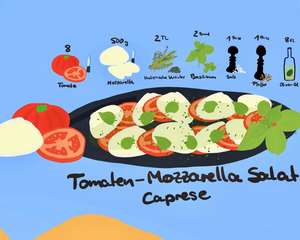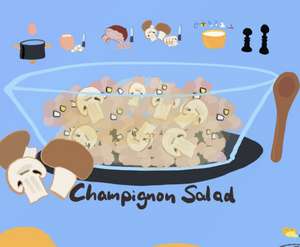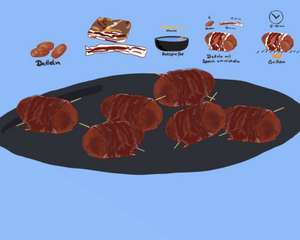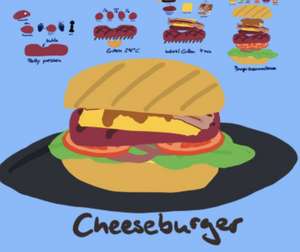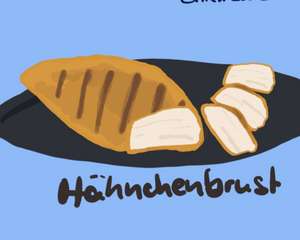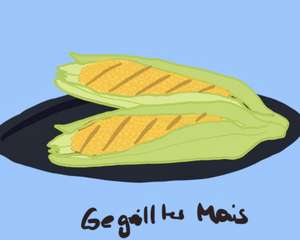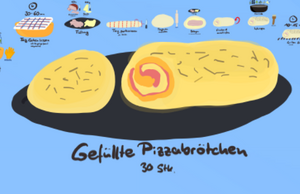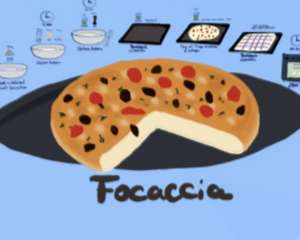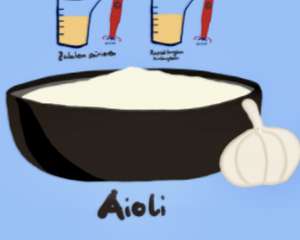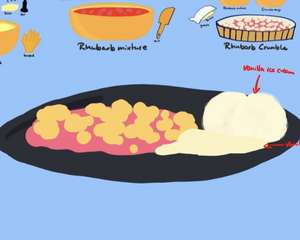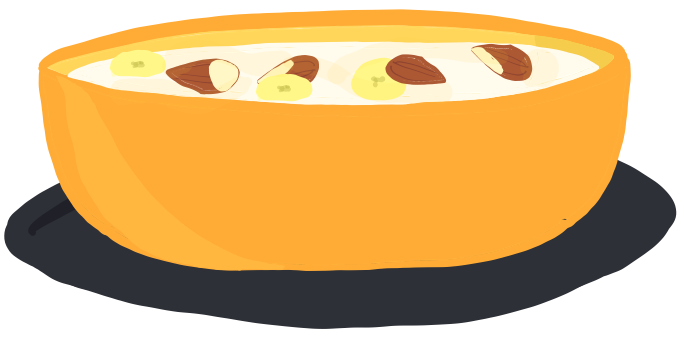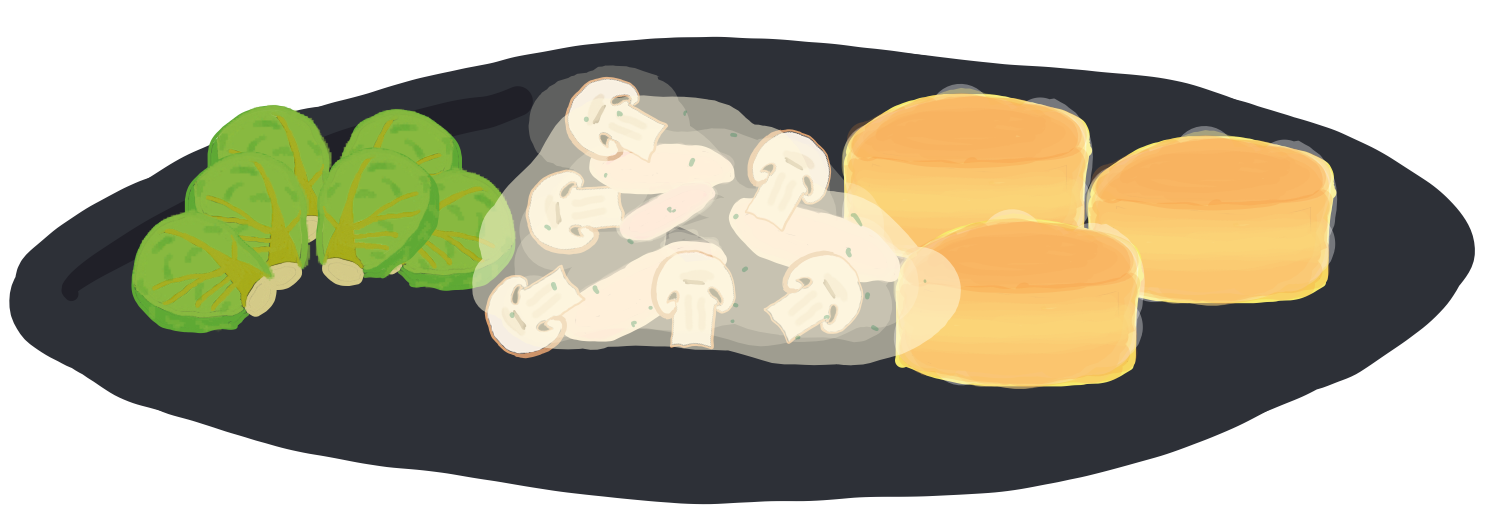Authentic German Cuisine: Recipes & Traditions
Rich traditions meet hearty flavors, celebrating diversity with comforting dishes and regional specialties.Instructions: Tap the Map & Cook Along 👇
German Cuisine: Tradition Meets Creativity
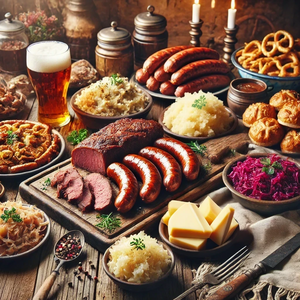
A Culinary Adventure Through Germany
German cuisine is far more diverse than just sausages and sauerkraut. It’s a rich tapestry of flavors, traditions, and regional specialties that tell the story of its people and history. From the hearty dishes of Bavaria to the coastal delights of the North Sea, every bite carries a sense of place and heritage.
The Soul of German Food: Regional Treasures
Germany is a land of regional pride, and its cuisine reflects this beautifully. In Bavaria, you’ll find pretzels as big as your head, paired with tangy Obatzda cheese and a frothy Maß of beer. Travel to the Rhineland, and you’ll discover Sauerbraten, a pot roast marinated in vinegar and spices, served with pillowy potato dumplings. The North offers Matjes herring and crispy fish dishes, while Saxony is known for its sweet Eierschecke, a layered cheesecake that’s as comforting as a warm hug.
Beyond Bratwurst: A World of Flavor
Yes, Germany loves its sausages—Bratwurst, Weisswurst, Currywurst—but that’s just the beginning. Think of Flammkuchen from Alsace, a thin, crispy flatbread topped with crème fraîche, onions, and lardons. Or Maultaschen, the Swabian version of dumplings stuffed with everything from spinach to smoked meat. German cuisine has a knack for taking simple ingredients and turning them into something extraordinary.
The Sweet Side of Germany
No story about German food is complete without mentioning its desserts. Germany is the birthplace of Black Forest Cake, layers of chocolate, cherries, and whipped cream. Then there’s Apfelstrudel, a flaky, apple-filled delight that’s perfect with a scoop of vanilla ice cream. And let’s not forget Stollen, the fruit-studded bread that graces every Christmas table.
German Food Today: Tradition Meets Innovation
Modern German chefs are reimagining traditional dishes, blending time-honored techniques with contemporary flavors. You’ll find vegan versions of classic dishes, creative takes on schnitzel, and even Michelin-starred restaurants putting German cuisine in the global spotlight.
Experience German Cuisine
From classic recipes that bring tradition to your table to modern twists that inspire creativity, we invite you to explore the delicious world of German cuisine.
Cook, share, and enjoy the flavors of Germany—because every dish has a story, and it’s time to write yours!
Macarons: A Bite-Sized Symphony of Elegance and Flavor
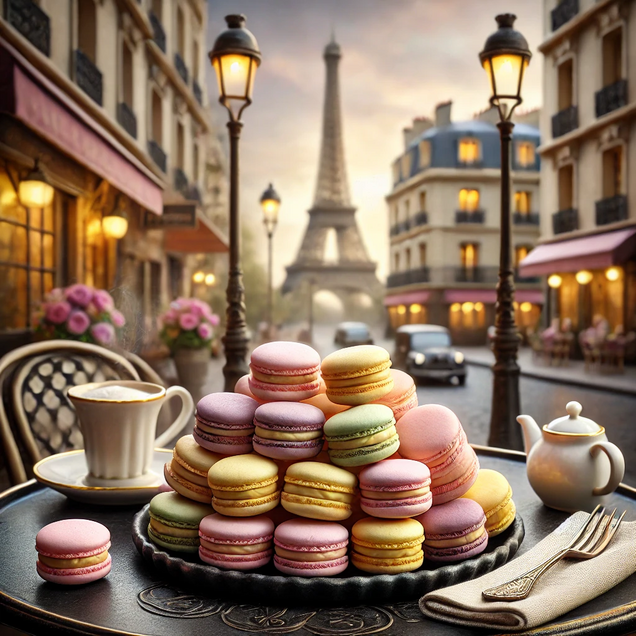
In the world of confections, the macaron stands out as a tiny testament to the art of French patisserie. These small, round treats, characterized by their smooth domed tops, ruffled edges (referred to as "feet"), and a flat base, are more than just cookies; they are a harmonious blend of texture and flavor that can elevate any occasion to a celebration.
The Allure of Macarons
Macarons captivate the senses from the very first glance. Available in a rainbow of colors and a myriad of flavors, each macaron is a visual delight. From pastel pinks and vibrant greens to elegant blacks and golds, macarons are often too pretty to eat. Yet, it's their delicate crunch and soft, chewy interior that truly make them irresistible.
A Flavor for Every Palate
The true magic of macarons lies in their versatility. Traditional flavors like chocolate, vanilla, and raspberry promise a classic experience, while adventurous varieties such as matcha, lavender, and salted caramel invite connoisseurs to explore new taste territories. Seasonal offerings, like pumpkin spice or peppermint during the holidays, ensure that macaron lovers always have something new to anticipate.
The Symbol of Sophistication
Often associated with luxury and refinement, macarons have become a fashionable treat for weddings, showers, and upscale events. Their sophisticated appearance and association with French culinary excellence make them a popular choice for gift-giving and special treats. A beautifully packaged box of macarons not only delights the recipient but also adds a touch of elegance to the simplest moments.
More Than Just Dessert
While macarons are undoubtedly a delightful end to any meal, their appeal goes beyond dessert. They are a staple at high tea experiences, where they add color and sweetness to the array of mini sandwiches and scones. Cafés and patisseries display them as edible jewels, attracting patrons who might just pop in for a coffee but leave with a handful of these confections.
The Cultural Icon
Beyond their taste and beauty, macarons are steeped in cultural significance. Originating in Italy and brought to France by Catherine de' Medici in the 16th century, the macaron evolved into its current form in the early 20th century. Since then, it has not only become an emblem of French culinary prowess but also a global sensation, inspiring bakers around the world to create their own interpretations of this beloved treat.
Conclusion
The macaron, with its delicate structure and complex flavors, continues to enchant and engage all who encounter it. Whether enjoyed with a cup of espresso, as part of an elaborate dessert tray, or simply as a sweet little indulgence, the macaron remains a celebration of craftsmanship and joy. For those who have yet to succumb to its charm, a world of flavor and finesse awaits.



